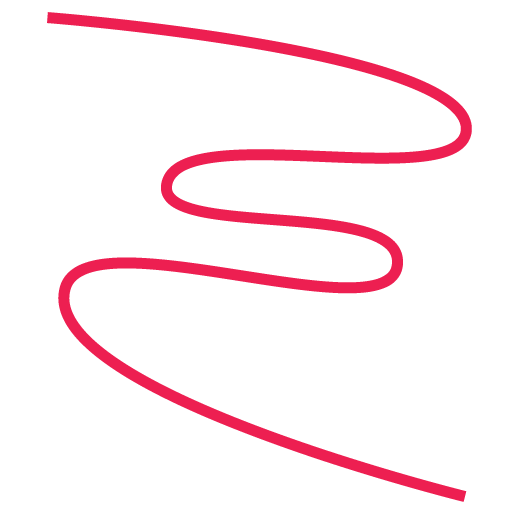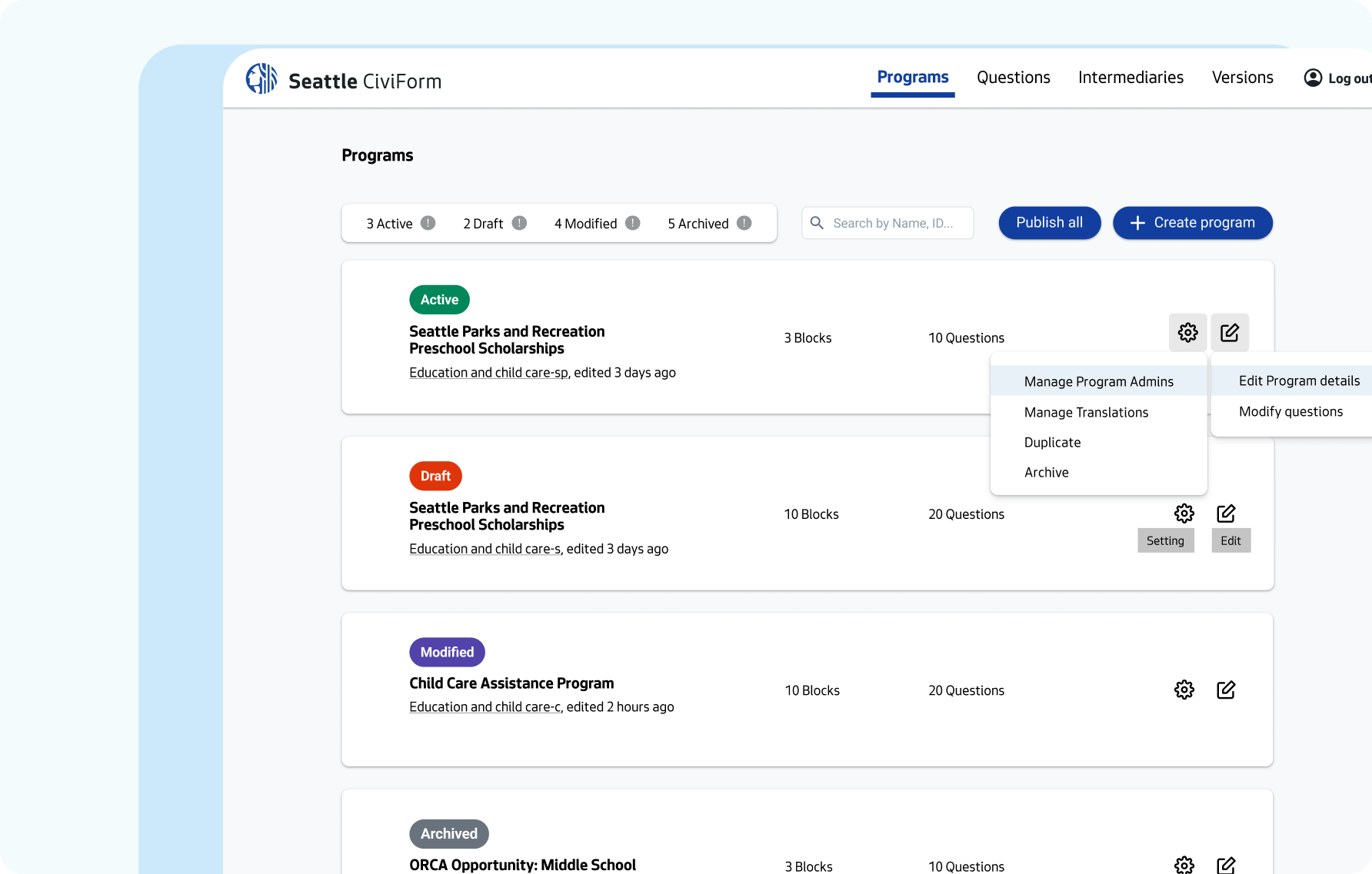Empowering readers through book access, monetizing a p2p book marketplace platform
laaddu
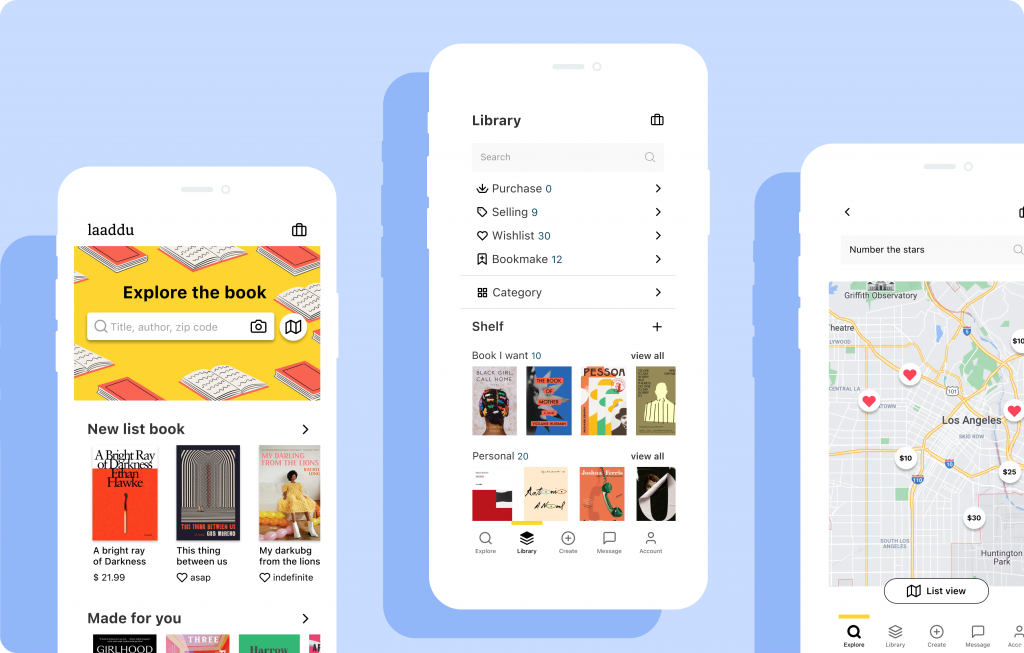
Empowering readers through book access, monetize Laaddu
p2p book marketplace platform
Laddu is a startup that started as a p2p book lending app and attempts to solve most of the problems surrounding books eventually. I was hired to lead another round of iteration.
The product had already been through more than two ideations but still couldn’t touch the user’s heart. The stakeholder wants to know how it can be improved, and eventually what else can be done. I took responsibility for assembling the strategy, defining the business problem, discovering the market opportunity and finding what the user needs.
Laaddu
Laddu is a startup that started as a peer-to-peer book lending app, aiming to solve issues related to the book industry. I was brought on to lead another round of iterations.
As the company struggled to capture the attention of users despite undergoing multiple iterations. The stakeholders were eager to know how to improve the product and what other actions could be taken. I took responsibility for developing a comprehensive strategy that addressed the core business problem, identified the market opportunity, and gained an understanding of the user’s needs.
Role
UX/Product design lead
User research
Team
Founder
Engineer
Location
Remote
Platform
ios app
Status
Delivery
Test
Continue expanding
What I do
Platform
ios app
Location
Remote
Team
Founder, engineer
Status
Delivery, test, continue expanding
What I do
Team
Founder, engineer
Platform
ios app
Location
Remote
Status
Delivery, test, continue expanding
Overview
challenge
Laaddu is a startup that began as a peer-to-peer book lending app, with a mission to solve problems for the book community.
The company struggled to capture the attention of users despite undergoing multiple iterations. The stakeholders were eager to know how to improve the product, enhance user experience, and identify other potential actions.
what I do
I was brought in to lead another round of design iterations. As a solo designer, I handled everything from research to design.
I took responsibility for developing a comprehensive strategy that addressed the core business problem, identified market opportunities, and gained an understanding of the users’ needs alongside stakeholders. Ultimately, the product found a better way to connect readers and books while monetizing the platform.
Solution
A peer-to-peer marketplace that provides book management software as a service (SaaS). It will enable individuals to organize and share their book collections and connect with others selling books they desire in their area. Initially, the platform will launch with an iOS app and then expand to a website.
Impact
goal
solution
A peer-to-peer marketplace that provides book management software as a service (SaaS). It will enable individuals to organize and share their book collections and connect with others selling books they desire in their area. Initially, the platform will launch with an iOS app and then expand to a website.
From scarcity to strategy, using testing to drive design decisions in a resource-limited environment
Facing limited app usage, a tight budget, and lost research insights, I saw these constraints as an opportunity to get scrappy. Leaping before looking, I utilized the existing app and conducted low-budget usability testing. The insights uncovered through watching users fumble and succeed informed needed design evolutions that data alone could not.
We learned — without clear product goals and effective communication, presenting features alone doesn’t attract users. To define that, it’s crucial to identify the real problems faced by users.
Reading minds: unraveling book market secrets through 935k community wisdom
Unable to access traditional research materials, I turned to online communities and desktop studies for insights. This unconventional approach led me to uncover surprising behaviors and expectations around book ownership and reading habits.
Stakeholder collaboration for actionable problem definitions
By weaving together insights from various sources, I uncovered new market opportunities and designed solutions tailored to readers’ evolving needs. Collaborating with stakeholders, we engaged in brainstorming sessions to refine our focus. In the end, we are able to come out with a problem statement to create a shared understanding.
How might we help people find the book they want in less time and at a lower cost?
Reconciling stakeholder growth with user needs
After defining a problem statement, stakeholders gained new insights that inspired a strategic shift towards on students and textbooks, drawing inspiration from Facebook’s early school strategy, with a marketplace aimed at revenue generation. The decision addressed financial uncertainties and positioned our product for growth.
I raised concerns about potential differences in user behavior and proposed further research to inform our decision-making. The stakeholder agreed, and we collaboratively developed a quick plan to gather additional data and insights. This allowed us to adapt our playbook in a way that embraced the proposed solution while accounting for evolving market conditions and user behaviors.
Impact
Outcome
next steps
learning
what I will do differently
Because of budget, we decided to use an unmonitored usability testing platform. When I tried to use it for a low-fi prototype for some initial feedback, I thought I explained enough for the situations, but I am not able to get the feedback we want. One thing is people on the platform didn’t have experience with low-fi tests before and because it is low-fi so it will require lots of guidelines, no matter how detailed I explained it.

more work
explore other highlights
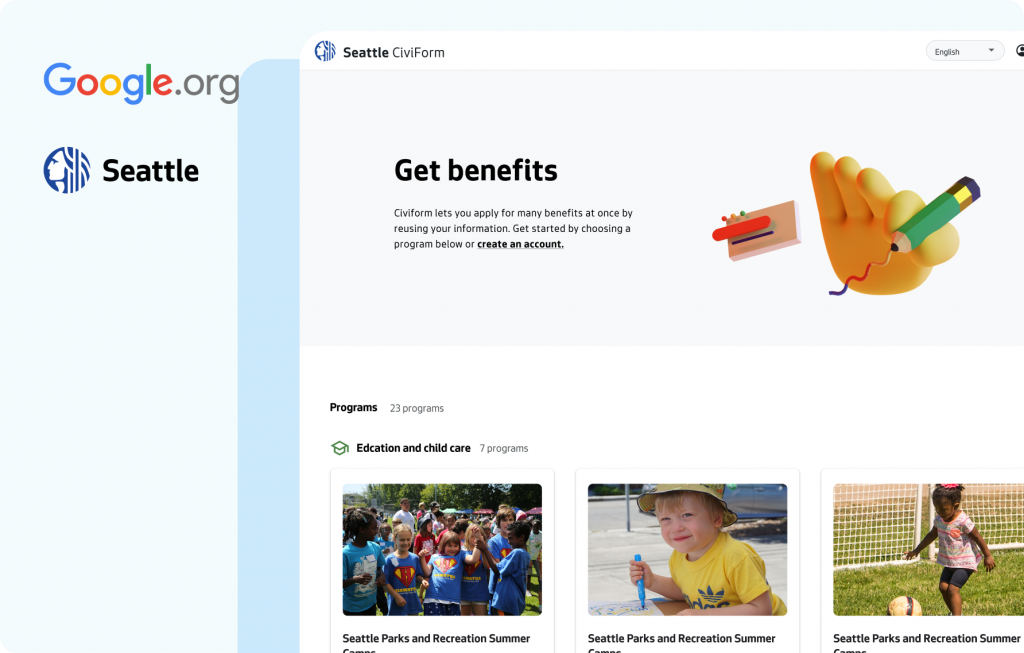
Amplifying city assistance with Civiform, first in Seattle
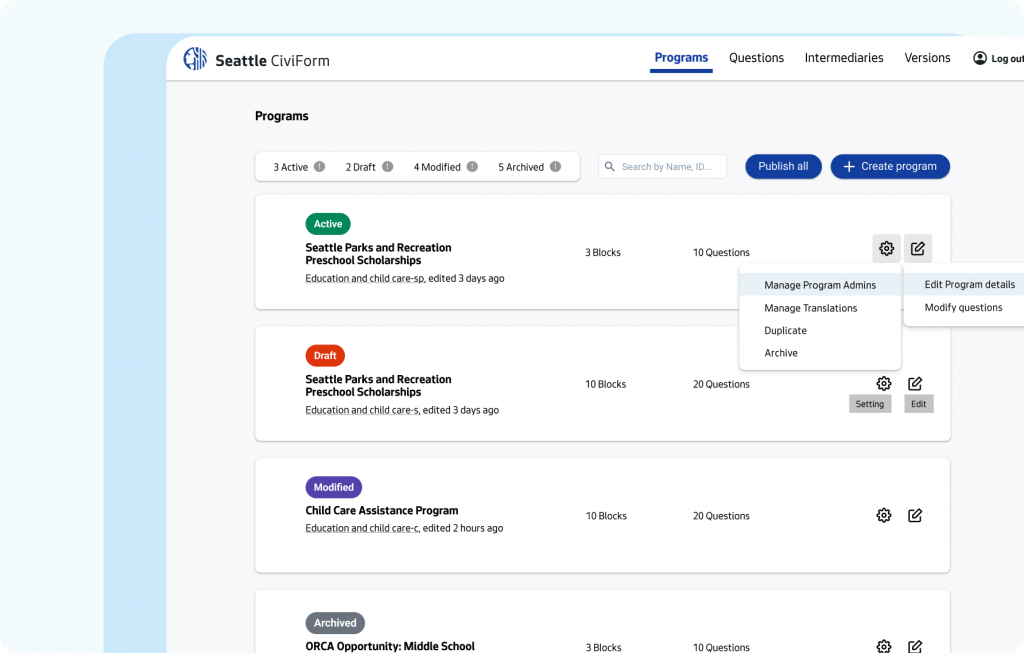
Elevating city application processes: efficiency and accessibility for all

Amplifying city assistance with Civiform, first in Seattle

Elevating city application processes: efficiency and accessibility for all
